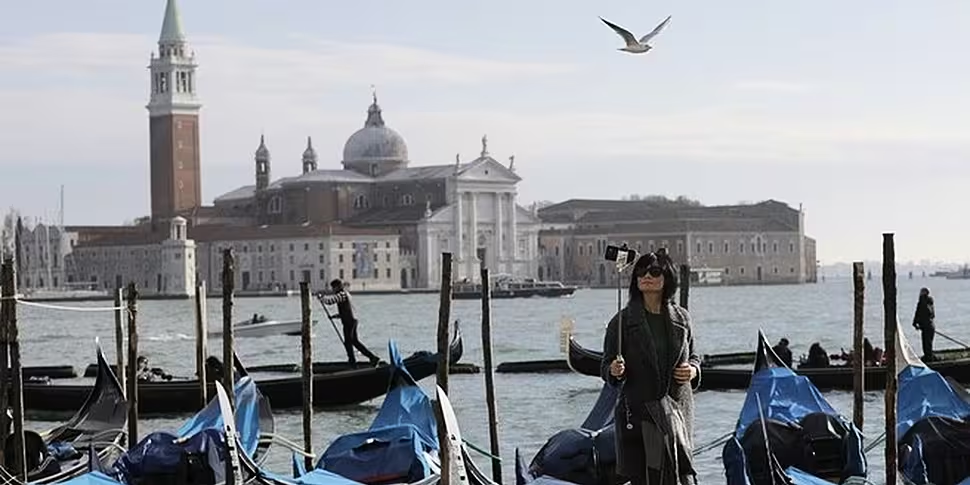Perhaps one of the biggest generational divides in the modern world revolves around the simple act of taking a selfie; considered utterly pointless by browbeating baby boomers, the craft of selfie-taking has become the calling card of social media influencers and wannabes of every race, creed, and body type. Recent statistics suggest that 95% of millennials take selfies, with the expectation that they will post for some 25,700 in the lifetime, with 93m of them uploaded online every single day. And with all that posing comes the very real reality that selfies can be dangerous – even deadly.
A new study from researchers at Carnegie Mellon University and the Indraprastha Institute of Information Technology in India examines the shocking phenomenon of death by selfie, with the statistics showing that what once an occasional news story has become an undeniable trend.
According to the statistics, gathered from credible and verified news websites, since March 2014 there have been 85 incidents which have resulted in 127 selfie-related deaths worldwide. The single worst accident occurred in March, when seven Indian people who were out celebrating a friend’s birthday died when their boat capsized as they were attempting to capture a selfie of themselves.
But drowning was only the second most common cause of death, with 32 deaths caused by people falling from heights the most likely cause of a selfie-related death. A combination of height and water came in third, while other lethal hazards included trains, animals, driving, posing with firearms or weapons, and electrocution.
India is the most dangerous place in the world to take a selfie, with 76 of the 127 mortalities taking place there; in February, following the deaths of multiple people in one day, the city of Mumbai introduced 16 so-called selfie-free zones in the hope of preventing more loss of life.
Pakistan follows India, narrowly beating the United States, Russia and the Philippines, each of which has fewer than 10 deaths associated with the practice of posing for selfies. A unifying characteristic across all of the deaths was the age of the victims, with almost 80% of those killed under the age of 25, suggesting that selfie mortality is a millennial problem.
“In the future, we should figure out what it is about Indian culture, or Indian use of social media that is prompting such behaviour,” said Henmak Lamba, a computer science PhD candidate at Pittsburgh’s Carnegie Mellon University, one of the study’s researchers.
The study also attempted to classify the most common and dangerous methods by which lethal selfies were taken, combining search methods with hashtags like #DangerousSelfie and #ExtremeSelfie. Examining the data, the researchers found that the riskiest and hazardous type of dangerous selfie were associated with driving vehicles, with the computer programme judging that 70% of the selfies posted posed some potential risk to health.
But the study’s authors were reluctant about applying automatic danger scores to selfies online as a means of discouraging social media users from putting themselves in danger, instead suggesting that it might encourage teenagers to up the ante in attempting to take the most dangerous selfie they can.









